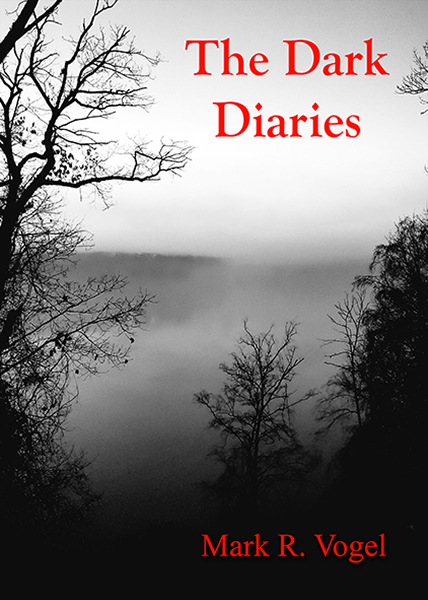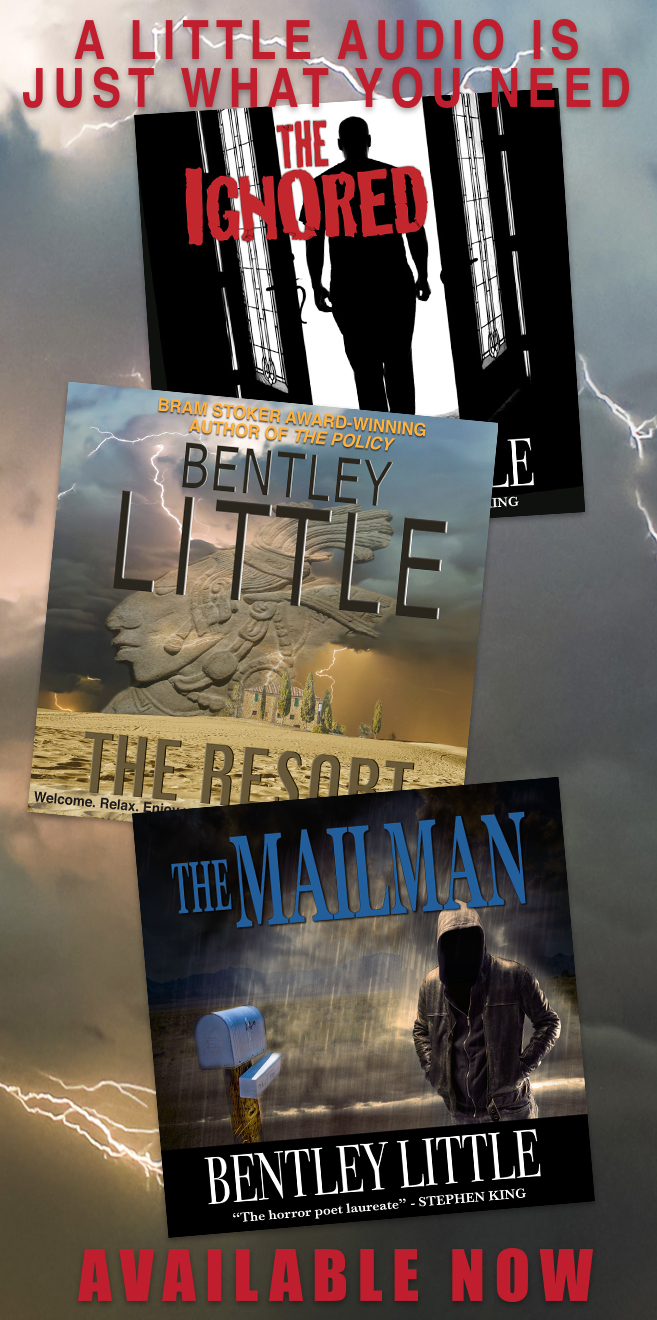After a documentary porno called Together, Sean Cunningham and Wes Craven perked up enough ears to garner an invitation to make a horror movie. In order to appease their financiers and move that much closer to a budget in which they could professionally operate, the duo created a sensationalistic script based upon Ingmar Bergman’s Virgin Spring. What resulted is one of the most notorious films in the history of cinema, The Last House on the Left, whose reputation precedes itself in its unprecedented audacity and its unapologetic depiction of evil.
Mari Collingwood (Sandra Cassel) and Phyllis Stone (Lucy Grantham), on their way to a Bloodlust concert for the former’s seventeenth birthday, stop and try to score some grass from Junior Stillo (Marc Sheffler), the son of a recently escaped criminal, Krug (David Hess), who is on the run with his fellow inmate, Fred “Weasel” Podowski (Fred J. Lincoln) and their accomplice, Sadie (Jeramie Rain). Junior takes the girls to his father’s hideout and the gang proceeds to rape and kill the girls before ironically finding themselves stranded and having to resort to the kindness of Mari’s parents, John (Gaylord St. James) and Estelle (Cynthia Carr).
As we all know, violence alone doth not a movie make, even if it is buffered by the antagonists’ retribution by the climax of the film. However, though The Last House on the Left possesses little aesthetic value, it does–unintentionally mind you, due to the filmmakers’ budgetary constraints–deromanticize and de deglamorize violence via its documentary style cinematography.
Unfortunately, in and of itself, this is the only redeemable feature of the film, which otherwise houses little character development as Craven fails to create any sympathy for his victims. However, this is perhaps a minor misstep for the director compared to his implementation of grossly misplaced humor thought, thus implying a certain degree of levity amid the otherwise condemnable acts and malevolent atmosphere. I don’t believe I need comment upon the trite comic relief in the form of the Sheriff (Marshall Anker) and Deputy (Martin Kove). Granted, the characters’ ineptitude could be viewed as social commentary, but this subplot is extraneous given the circumstances. Even when Craven aims for subtlety, he misses his mark as we find John shifting through the contents of his basement, attempting to find the most appropriate weapon in which to avenge his daughter’s death. The director obviously overreaching in the wake of narrative plausibility, our disbelief is strenuously tested for most any father finding himself in such a situation would hardly pause, no less retain his typical acumen. (Worse still yet, this narrative dilemma is compounded by the fact that he was presented in an earlier scene as a patient man of a terminal-degreed education.) More than likely, the person would merely act upon instinct and, as such, attack in an unarmed blind rage. Of course, though this is more viable, it would not permit the filmmakers’ to serve the evil doers their comeuppance. Yet, sadly, this isn’t the most tedious aspect of the plot for we find the Keeping-Up-with-the-Jones Era mother, Estelle, uncharacteristically–despite her pronounced prudishness–opting to perform fellatio on Weasel in order to–though not exactly the correct term–hit the villain where it hurts. Though we, as well as the filmmakers, are aware that such a character would more than likely cower behind her husband given the circumstance, Craven and Co. elect to shoot this scene to further compound the audacity of their film. Their exploitative agenda in tow, even the confessionary object which discloses the identity of the killers to the Collingwoods’ isn’t well thought-out for it is a simple, run-of-the-mill peace charm which, given the period, was a dime-a-dozen. Thus, Craven rushes the plot where he should have paused, permitting the object to serve as a cognitive catalyst as the Collingwoods engaged in a suspenseful game of cat-and-mouse with the killers until they are provided with more substantial evidence to act upon. As the film stands, murder is nonchalantly acted upon by both factions without hesitation. True, this could be seem as social commentary as well but, trust me, wasn’t what the filmmakers were attempting to do with the Collingwoods. With all of this in mind, it shouldn’t be surprising that the killers coincidentally find themselves in “the middle of nowhere” after driving out of New York City and that said location just happens to be the residence of one of their victims.
Wes Craven openly admits that The Last House on the Left was intentionally exploitative. Granted, sometimes such a work becomes more than what it was intended, especially in the wake of history. This said, it could be offered that The Last House on the Left stands as a symbol for a loss of period innocence as Mari’s youthful idealism becomes a metaphor for the idealistic hippy era amid the Vietnam War, which is epitomized by her refusal to wear a bra and formally denoted by her peace charm. Equally argumentative is that the theme can be said to function in an extraneous capacity upon its audience as we likewise lose our innocence, the film refusing to veil such horrendous acts with typical Hollywood polish (again, reflective of the live news feeds from Vietnam at the beginning of the war and their effect upon those back home). Yet, my question stands, though the work offers little in-and-of itself, and only presents an argument of value when cast alongside the times in which it was made, would the work even be spoken of if the creators hadn’t gone on to become noteworthy names within the genre and the history of cinema?
-Egregious Gurnow
- Interview with J.R. Bookwalter - January 22, 2015
- Interview with Andrew J. Rausch - January 22, 2015
- Interview with Rick Popko and Dan West - January 22, 2015
- Interview with Director Stevan Mena (Malevolence) - January 22, 2015
- Interview with Screenwriter Jeffery Reddick (Day of the Dead 2007) - January 22, 2015
- Teleconference interview with Mick Garris (Masters of Horror) - January 22, 2015
- A Day at the Morgue with Corri English (Unrest) - January 22, 2015
- Interview with Writer/Director Nacho Cerda (The Abandoned, Aftermath) - January 22, 2015
- Interview with Actress Thora Birch (Dark Corners, The Hole, American Beauty) - January 22, 2015
- Interview with Actor Jason Behr, Plus Skinwalkers Press Coverage - January 22, 2015


